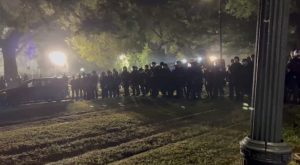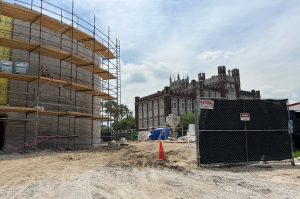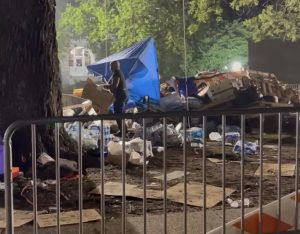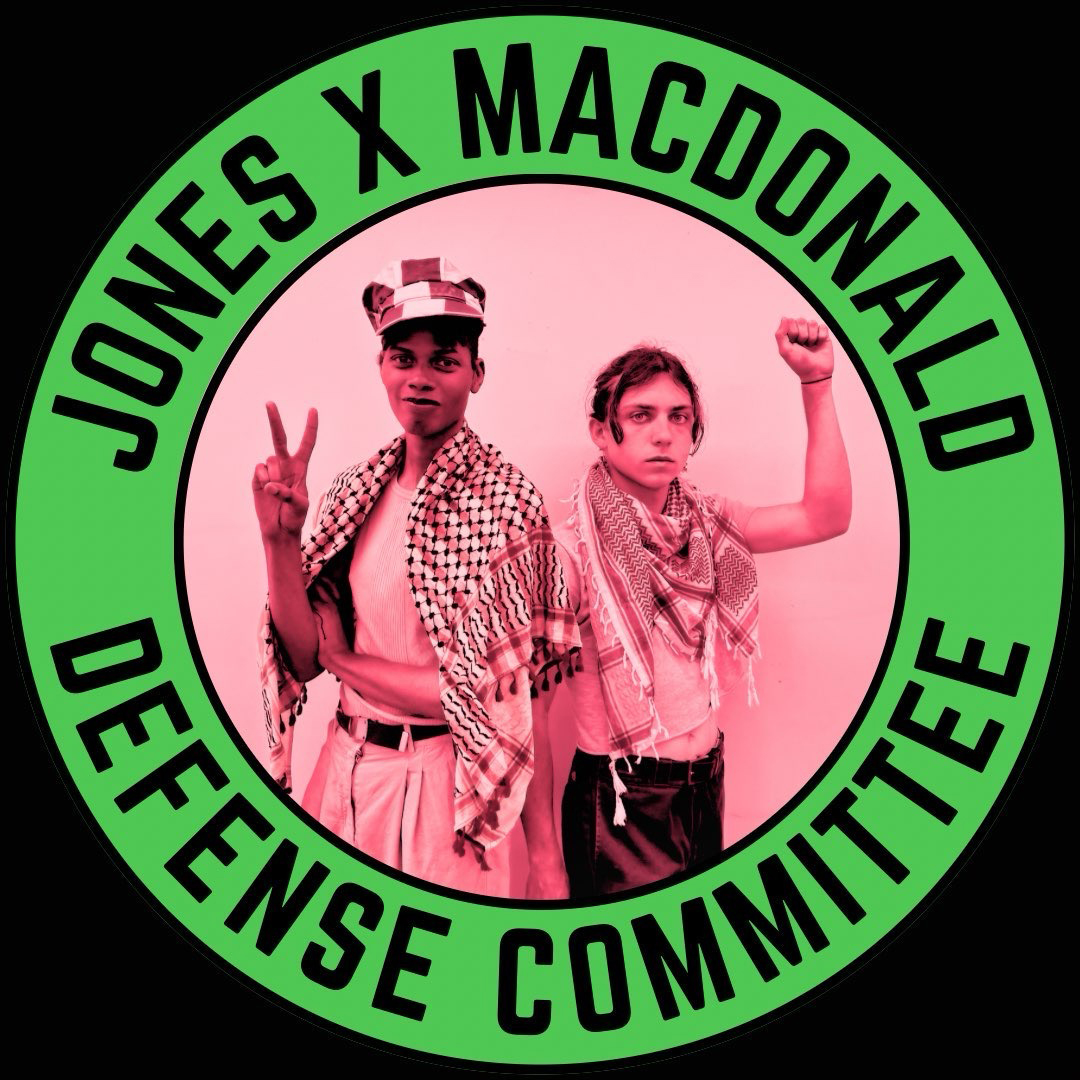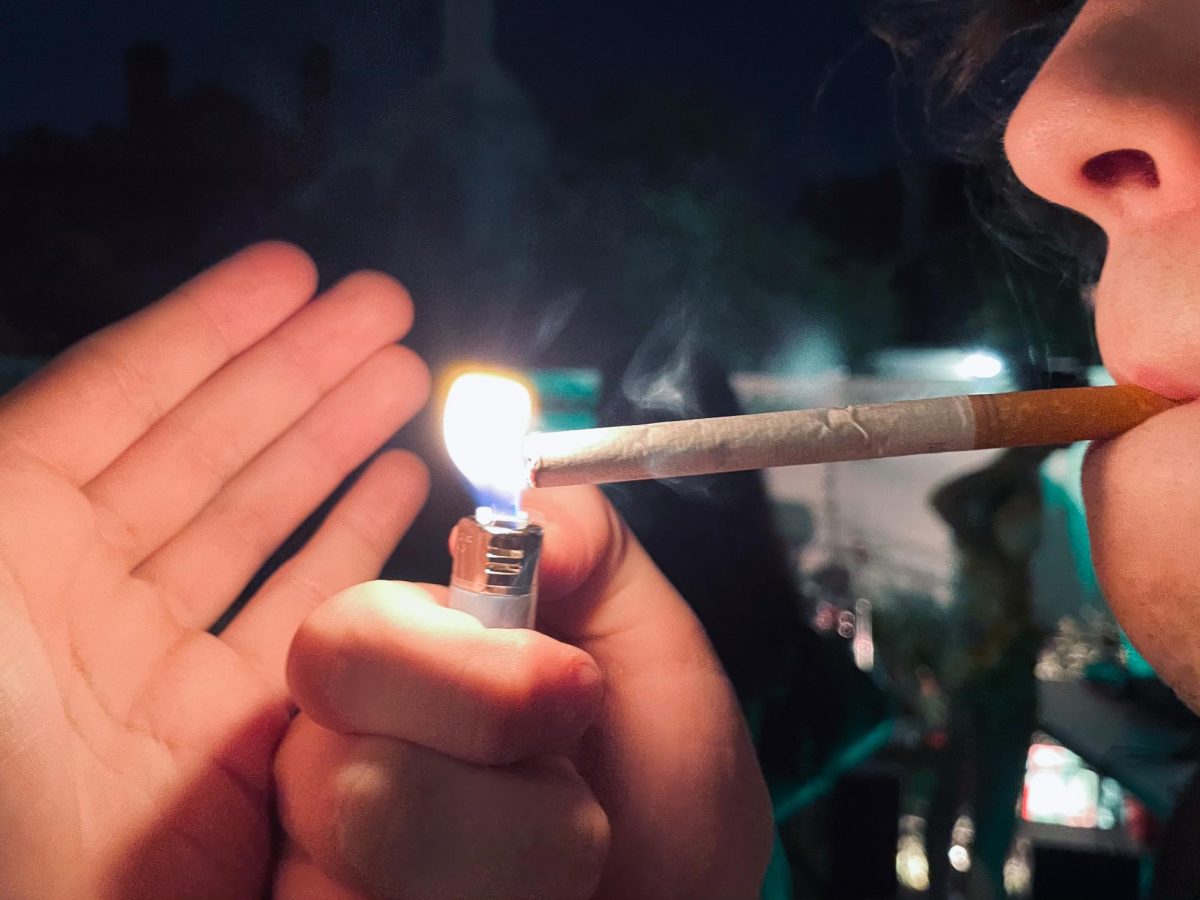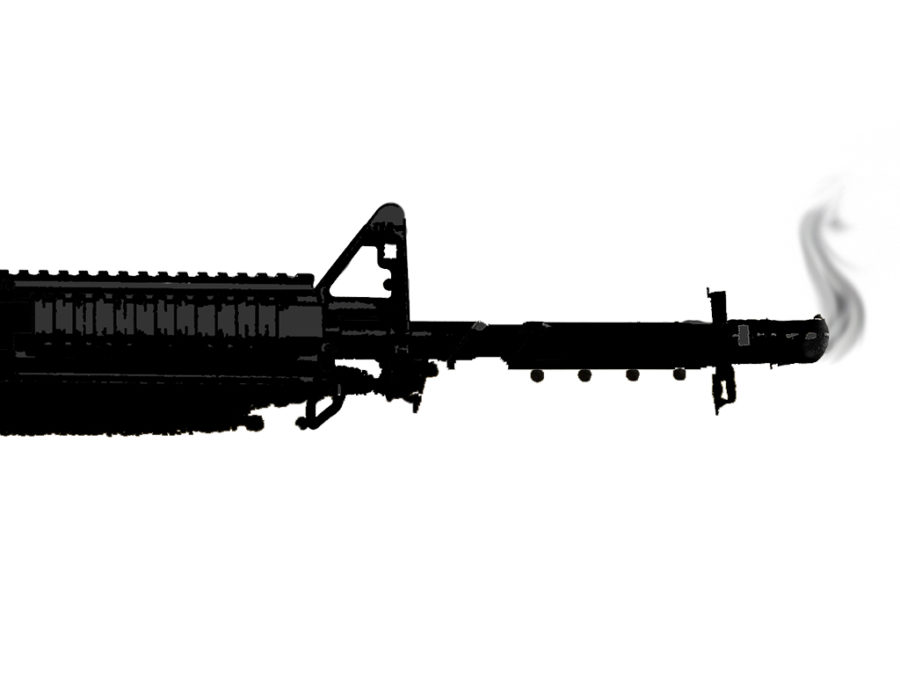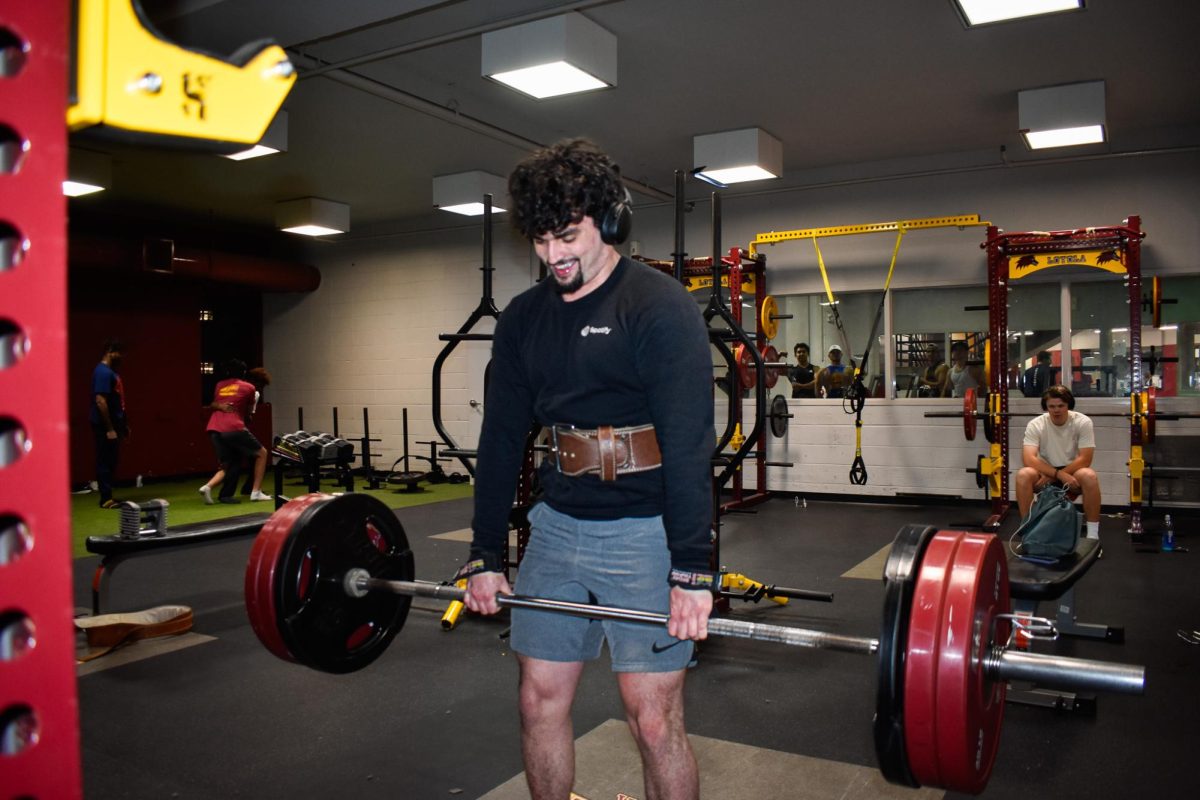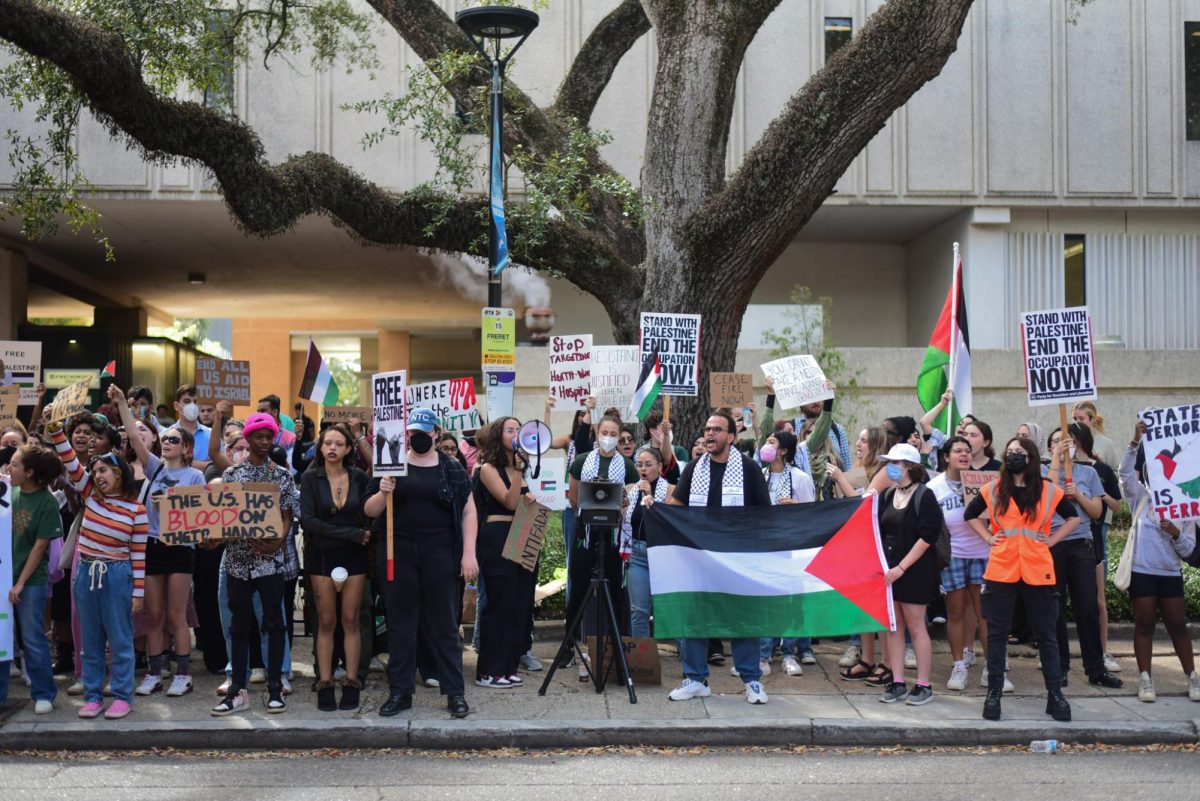Mike Gulotta has a problem.Loyola’s track and cross-country teams, which Gulotta is a member of, never have a home meet on a home track.Every other intercollegiate sport at Loyola has a place to call home, even if it may be a “home away from home,” so to speak.The problem for Gulotta, history sophomore, lies in the fact that there are very few places to compete within the city.”We have to drive a half an hour away from school,” Gulotta said. “We have to compete with the Walker’s … and we are not even sure if the lights will come on.”According to head track coach Paul Garvey, there are only a select few places for anyone in the city of New Orleans to compete.”Tad Gormley is a private track, which is usually very busy,” he said. “There are only about three public tracks in Orleans parish.”All members of the Gulf Coast Athletic Conference, along with other schools in New Orleans, share this problem.”Tulane is the only college in the city that has their own track,” Garvey said. “UNO does not have a track, and none of our competitors in the GCAC have one either.”There is a solution to this problem, but it is not a very feasible option. That solution would be for teams to build their own stadiums to house track and, in the case of the Wolfpack, a soccer field, too.It sounds simple enough in theory, but there are many stumbling blocks in the way. First, a stadium would cost approximately $5 million to build. That figure assumes the organization already owns the land on which to build. Should Loyola have to purchase land, the figure would be even higher.”It would be a major investment for the school, but I think that it would be able to produce some revenue,” Garvey said.The plus of building such a stadium would be that it could not only house two sports teams for the ‘Pack, but it could also be a source of income for the athletic program.According to Garvey, Tad Gormley stadium is run by New Orleans City Park, and the organization charges $1,000 just to turn the lights on.Tad Gormley is the facility that it is today because the city renovated it for the 1992 Olympic Track and Field Trials. Since the event, the stadium has been used for track meets, high school football, minor league soccer and even concerts.If a stadium were built somewhere close to campus, the economic impact would be advantageous to the university. When the stadium is not in use, it could be rented out the same way the Tad Gormley is. Loyola could simply undercut City Park by charging less, and teams would use the new stadium to save some money, Garvey said.Northwestern State University provides an example of the impact that a stadium would have if it were on or close to campus. NSU spent about $1 million to renovate its already existing track because of the money that it brings into the university.NSU holds the state high school track championships every year, which means major exposure for the university. When the event is taking place, thousands of high school students are introduced to the campus and the school.Besides just the state meet, the venue brings in revenue from events during the year.With all of these benefits from a two-sport venue, why doesn’t Loyola build one?The answer is simple. The university does not have the money. And even if Loyola did have the money, the question remains, where would it go? “There is really no place to put a stadium in the city, especially close to campus,” Garvey said. “The ‘Fly is a possibility, but it is definitely a very long shot.”According to athletic director Jerry Hernandez, there have not been any talks with the Audubon Institute about constructing a stadium. “I have not talked to anyone from the Institute about the possibility … There is just not a real possibility of anything happening, because of the cost of such a project,” he said.Garvey agrees with Hernandez about the likeliness of such a project becoming a reality.”It is really just a pipe dream,” he said. “In a perfect world, it could happen. It would definitely help to have a stadium for meets and practice, but I completely understand the obstacles in the way.”Hernandez said there might be a solution involving Tulane, but he said that neither side has discussed the issue.”Our best solution to the problem would be to try to go into some kind of contract with Tulane because they are just across the street,” Hernandez said.As the ‘Pack looks to the future, Hernandez says that the team will continue to improve on whatever field it competes.”We are trying to put a winning product on whatever field we play at, and I believe that we are getting better every year.”
Click here to start a discussion on this story.


